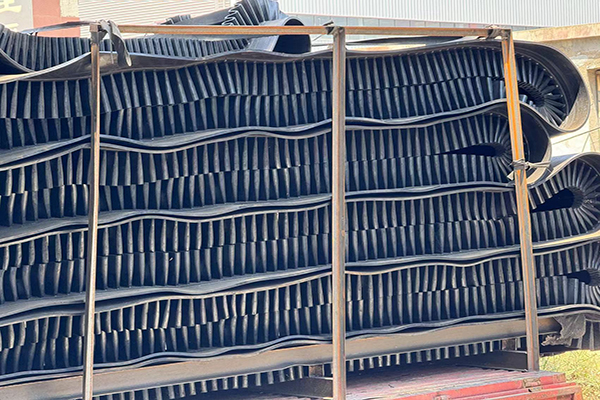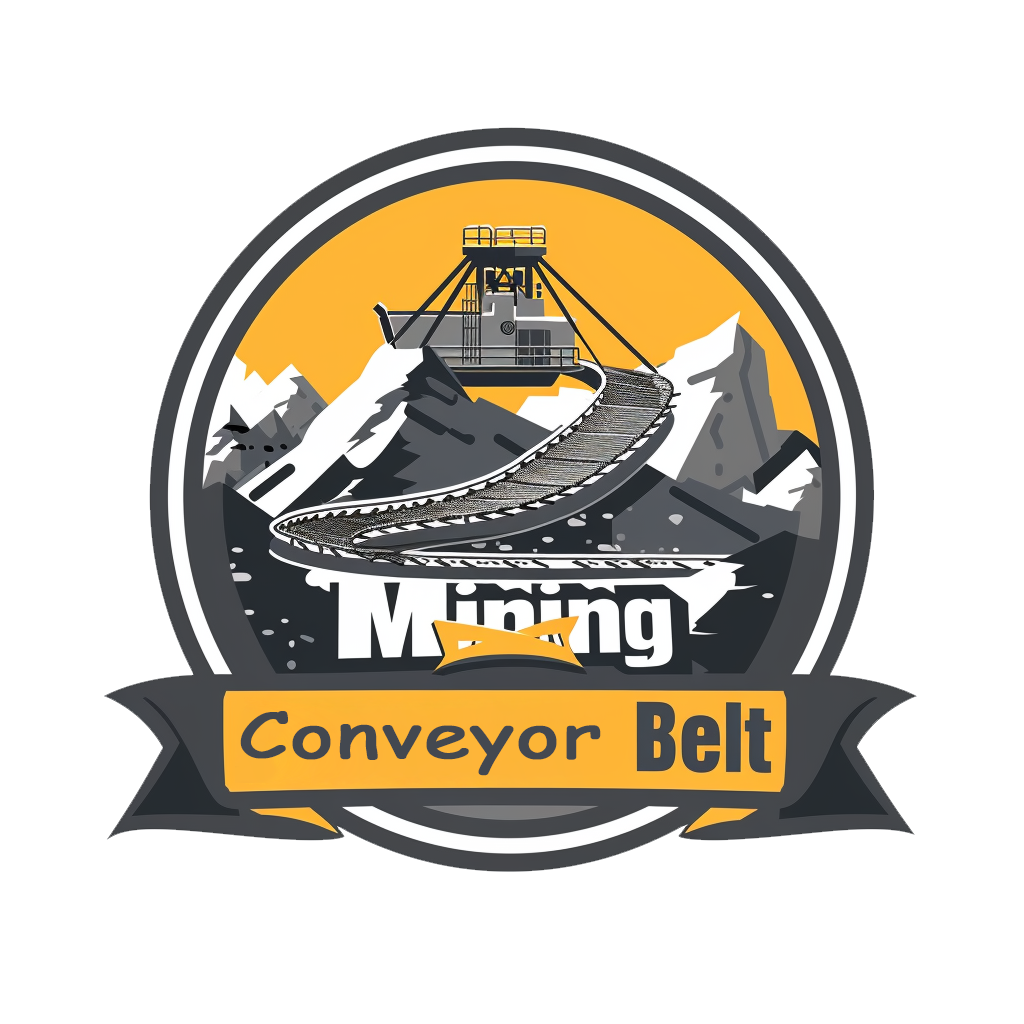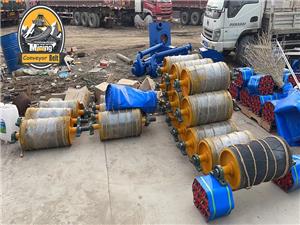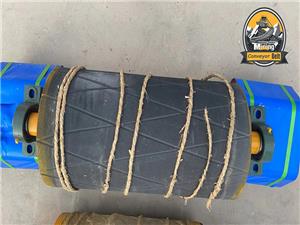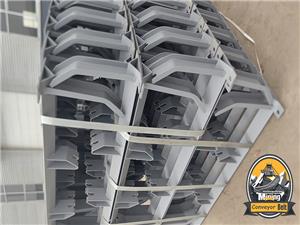Interpretation of fabric core conveyor belt
Conveyor belts, also called transport belts, are a type of rubber, fiber, metal composite product, or plastic and fabric composite product used in belt conveyors to carry and transport materials. Conveyor belts are widely used in agriculture, industrial and mining enterprises, and transportation industries, and have the characteristics of safe operation, easy use, and easy maintenance. Today, We will give you a brief introduction to the relevant knowledge and national standard requirements of conveyor belts.
Conveyor belts are generally divided into two categories: fabric core and steel core. Among them, fabric core conveyor belts generally have a rubber or plastic covering layer. The national standard "GB/T7984-2013 General Purpose Fabric Core Conveyor Belts" stipulates general-purpose fabric core conveyor belts with rubber or plastic covering layers used on flat or grooved rollers. This standard does not apply to conveyor belts for special purposes such as heat-resistant, cold-resistant, oil-resistant, flame-retardant, acid-alkali resistant, and food transportation, nor does it apply to light conveyor belts specified in ISO21183-1-17. It is only applicable to general-purpose fabric core conveyor belts.
The standard stipulates that the belt core of an ordinary conveyor belt is composed of one or two or more layers of fabric or an integral belt core fabric, and the belt core material should be impregnated with rubber or plastic or calendered with glue. There should be a covering layer outside the belt core layer. If a rubber mesh cloth, cord or cord layer is added between the belt core layer and the covering layer or inside the covering layer as a buffer layer, the thickness of the buffer layer should be included in the thickness of the covering layer, but not in the thickness of the belt core layer. If there is a fabric layer woven with the belt core on one or both sides of the belt core layer, its thickness should be included in the thickness of the belt core layer.
The technical requirements for conveyor belts include dimensional deviation, requirements for fabric joints, physical properties of the covering layer, full-thickness tensile strength and belt elongation, interlayer bonding strength, grooveability and straightness, etc.
According to the physical properties of the covering layer, it can be divided into three types: H, D and L, and the recommended application scenarios are also different.
The full-thickness tensile strength is also used to distinguish the models of conveyor belts. The model value represents the minimum full-thickness tensile strength of the conveyor belt, and the full-thickness longitudinal reference force elongation of the conveyor belt should not be greater than 4%.
